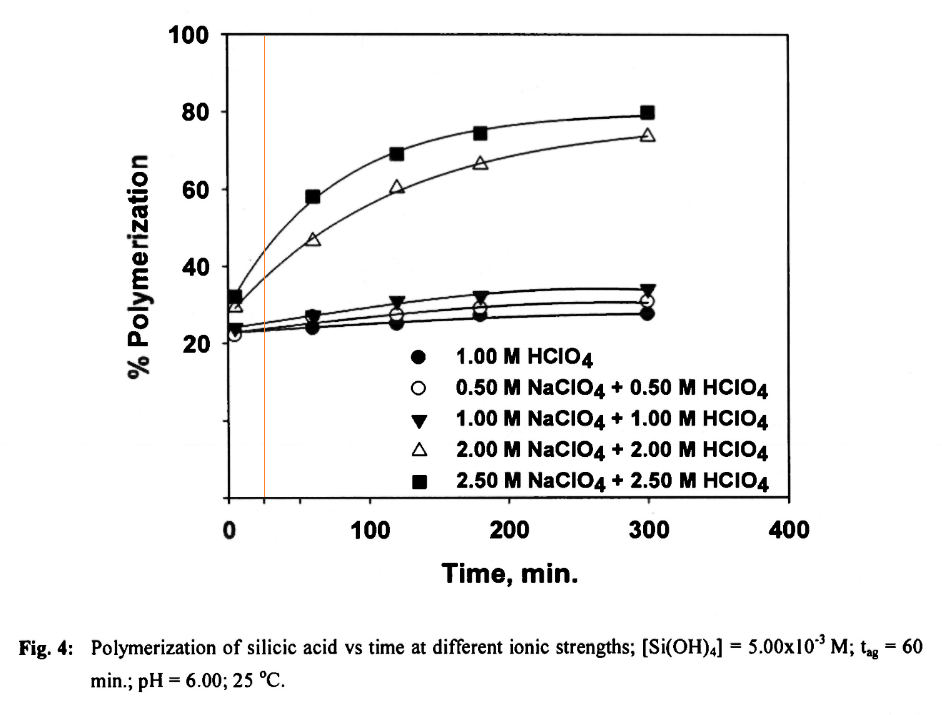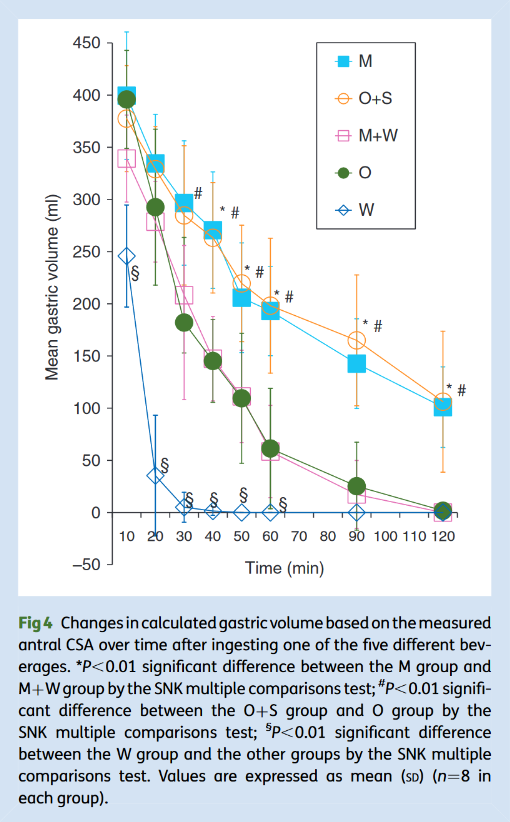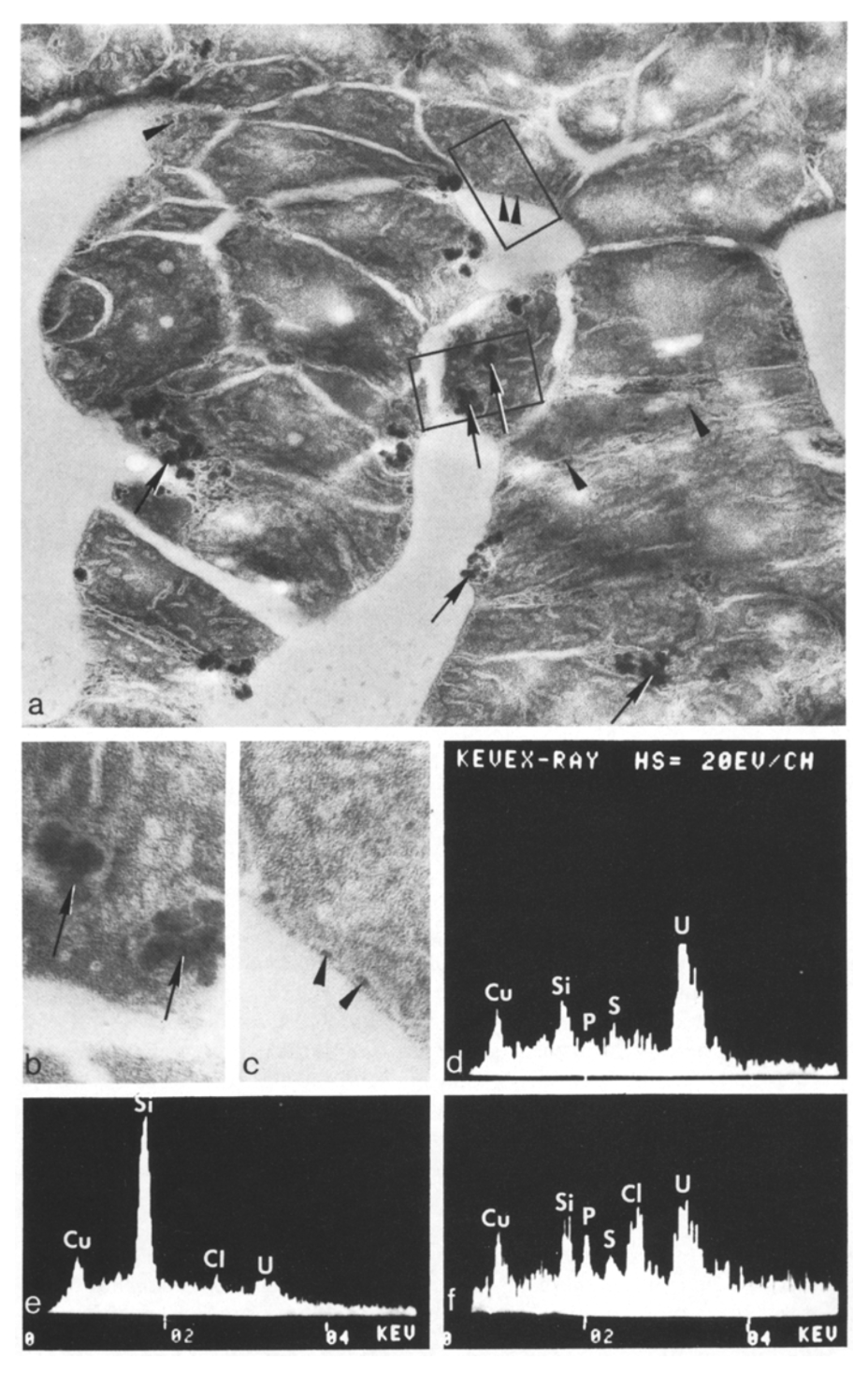BIOHACKING by Nathan Hatch, "F*** Portion Control"
-
This post is deleted! -
This post is deleted! -
@tubert you can’t search by user on his name, that’s typically a sign of being banned. I want to say I read that somewhere in the forum though, (that he was banned) but this was years ago.
-
@evan-hinkle FWIW his user name was natedawggh I believe, not natedawgg
-
@evan-hinkle but if you are able to hover over his profile picture and you get a "last seen" status, then he is still on the forum....(which you can in his case)
-
This post is deleted! -
@tubert interesting, wonder if he was unbanned? Either way, his posts seem to be intact. Thanks
-
@S-Holmes 12 Jan 2021
-
This post is deleted! -
-
This post is deleted! -
Sate's experiences are valid, but he misinterprets them.
Try to approach his material from now on with suspicion and verify claim by claim. I'm not insinuating that you may encounter a series of absurds in his explanations, I'm guaranteeing it.
It's a bimonthly discovery of the ultimate cure for a multifactorial disease or problem. He could measure words when dealing with cancer-related topics because people may come across the content in critical situations, desperate, and waste valuable time putting their hopes on quackery.
What we have this time:
- Supplemented silicic acid
- Felt a "sense of relaxation"
- Assumed that he was stuck in glycolysis
- Found an experiment with isolated mitochondria bathed with silicic acid
- Concluded that silicic acid rescued him by protecting mitochondrial electron flow through insulation*
- Extended the discovery to humanity
- Announced to the world
*"I was not prepared for how fast [bamboo silicon with lemon juice, followed by some fruit and cake] would work and within 45 minutes my migraine had entirely disappeared and I was back at my computer doing research and listening to music, confirming my discovery of silicon’s role in mitochondria energy production and insulation against electron leakage from the electron transport chain. So this is also the cure to migraine[.]"
It's our daily dose of madness.
Silicon is absorbed past the gut site where pancreatic alkalinization occurs. The pH is raised to a standard as the stomach is emptied. This alkalinization doesn't prevent its absorption:
It's the people with low stomach acids that don't have a sufficient stimulus for adequate pancreatic alkalinization: if keeping the digesta more alkaline throughout the digestive tract was an issue, this could represent an advantage.
When food enters the stomach, the pH is temporarily raised to achlorhydric levels as well, but subjects absorbed silicon anyway.
We can suppose that the acidification was meant to keep the pH low only in the stomach to minimize aggregation of high doses of silicic acid in free form. However, aggregation is not instantaneous, an "induction period" exists and only then it starts to occur. The graph below doesn't show this period, with a S-shaped (sigmoid) curve, but illustrates how it's not much affected early on.
Polymerization and Complexation Behavior of Silicic Acid: A Review

The temperature would be higher, but the concentrations of salts would be lower, rich in HCl, which they found to be less effective in promoting aggregation (or polymerization).
Stomach emptying of liquids might be almost complete by the time that aggregation starts to concern:

- M group: 500 ml of non-human milk (330 kcal)
- O+S group: 450 ml of 100% orange juice + 50 ml of gum syrup (total: 330 kcal in 500 ml)
- M+W group: 330 ml of non-human milk + 170 ml of water (total: 220 kcal in 500 ml)
- O group: 500 ml of 100% orange juice (220 kcal)
- W group: 500 ml of water (0 kcal)
ㅤ
Recipes aside, the authors of the sole supportive material linked in his article noted that an increase in mitochondrial respiration came after swelling. The presence of silicic acid promoted salt permeation and accumulation, which would explain the effect.
They showed traces of it primarily on the outer membrane region, away from where oxidative phosphorylation occurs, and even less in the matrix of mitochondria; with no indications that silicon was behaving as a membrane insulator--quite the opposite.
On the generation of unwanted reactive oxygen species that he brought up, once electrons are transfered from donors to acceptors at this stage of respiration, they're channeled through the respiratory complexes (and fatty parts), that do contain water molecules within, but most of the water is excluded along with soluble silicon. Oxygen has low solubility in water, so if silicon was working as an insulator, it wouldn't prevent an undesirable reaction.
Recall that these were isolated mitochondria bathed in artificial conditions and exposed to 290 mg orthosilicic acid/L: good luck achieving this level ingesting 400-700 mg at a time. Its complete absorption would result in dilution in 5 liters of blood and some more volume between cells. It wouldn't peak high because uptake occurs in fractions and it wouldn't be elevated for long due to clearance. And we can't forget that the dose would have to overcome the cell barrier, be further diluted in the cytosol, before it can reach non-isolated mitochondria in the body. In the experiment, lower silicon concentrations led to a proportional decrease in uptake and any effect must lessen along.
Sate's description can make readers picture silicon lining the mitochondrial membranes orderly as the plastic coat on copper wires (yes, he regarded it as an insulator thrice), but what this guy is trying to prevent with acids (acidification to avoid aggregation) may occur in cells, where the pH is steady, on the alkaline side and he can't manipulate. The molecules can cluster into granules, that are measured in diameter.
Silicon-Containing Granules of Rat Liver, Kidney
and Spleen Mitochondria
Fig. 1 (a-f). Isolated rat liver mitochondria and in situ granules. Thin sections (100nm), surface-stained with 5% uranyl acetate only, for X-ray analysis; for transmission microscopy stained with uranyl acetate and lead citrate.
- a) Portion of compacted mitochondrial pellet showing mitochondria without granules, with granule aggregates (long arrows), and small granules (arrowheads); × 30,000.
- b) Enlarged areas of a showing granule aggregates; × 100,000.
- c) Enlarged area of a showing small granules; × 100,000.
X-ray spectrograms (d-f) taken from another section;
- d) mitochondrion without granules;
- e) granule aggregate (25-75 nm);
- f) small granule (5-10 nm)
It may be speculated that these were drained preformed from the gut or airways, but it's also possible for them to form locally from the aggregation of silicic acid, as the authors of the experiment suggested. Other minerals are present to help clustering despite the low concentrations. So, its even distribution is also questionable.
Overall, without examining the issue in depth, we can already poke holes in his outrageous claims.
The 'last seen' information only shows the most recent access with the account, independent if it's banned or not. For example, when people enter to take screenshots of their banned accounts, it's registered and appears to others as a regular visit.
I don't know what happened to this guy, but the lion mentioned that inactive members disappear from the search menu. The username has to be typed manually and exactly as it occurs.
-
He's claimed to have read much much research but it's how one interprets it. Not to mention the actual quality of the research.
He's interesting enough to read and many of his ideas seem easy enough to try imho.
And last but not least, what has worked for him may not work for everyone else, obviously.
-
This post is deleted! -
@BioEclectic said in BIOHACKING by Nathan Hatch, "F*** Portion Control":
He's claimed to have ready much much research but it's how one interprets it. Not to mention the actual quality of the research.
He's interesting enough to read and many of his ideas seem easy enough to try imho.
And last but not least, what has worked for him may not work for everyone else, obviously.
He claims many things, might have read a lot, but the quality is lacking in my opinion.
Remember when not long ago he discovered that the cause of hyperphosphatemia is an oleic acid deficiency? Of course, the remedy being olive oil. It's atrocious.
It's also a shame that we have serious authors who deserve more recognition, while this guy gets free publicity when people fall for the sensationalism and spread senseless concepts as legitimate.
-
This post is deleted! -
This post is deleted! -
@S-Holmes said in BIOHACKING by Nathan Hatch, "F*** Portion Control":
@Amazoniac Umm, what am I missing? Who is Sate?
A variation of Nate.
@S-Holmes said in BIOHACKING by Nathan Hatch, "F*** Portion Control":
How to make use of silicic acid is just one tiny section out of about 500 pages.
@S-Holmes said in BIOHACKING by Nathan Hatch, "F*** Portion Control":
@Amazoniac Just curious. Have you read his book?
Yes, when it was distributed for free. It's a collection of articles, similar to those that have remained publicly available.
-
This post is deleted! -
@S-Holmes said in BIOHACKING by Nathan Hatch, "F*** Portion Control":
@Amazoniac I'm testing his ammonia lowering strategies right now. Being a canary in the coal mine (kind of like him) I should know pretty soon whether they work or not.
I'm not opposed to him sharing his experiences for others to try, but he has to be more careful in interpreting them and it doesn't hurt to give hints of uncertainty when he's clueless.